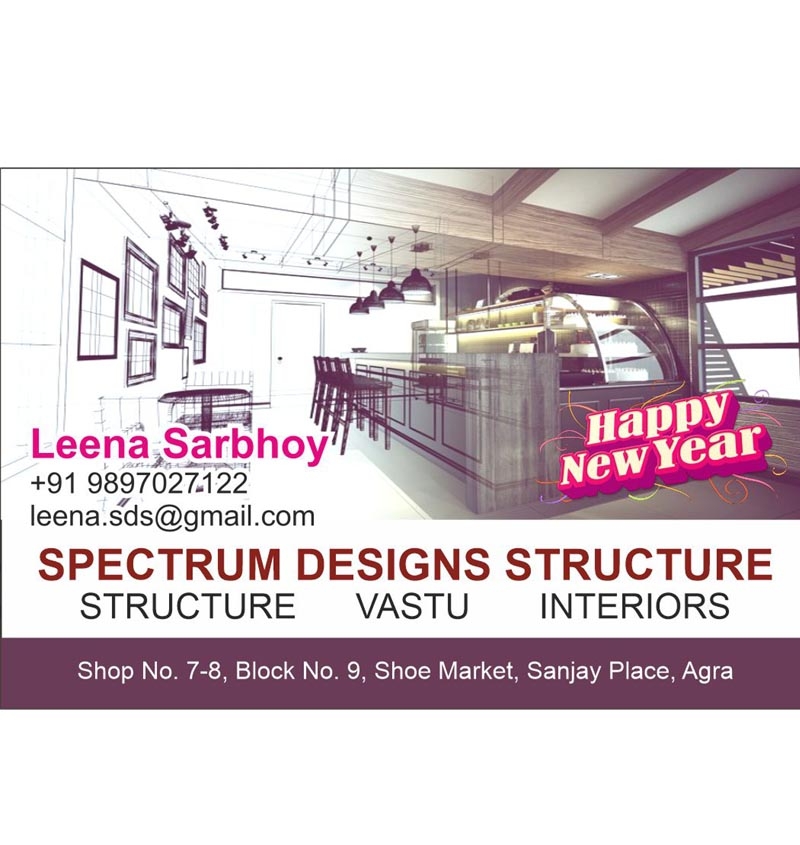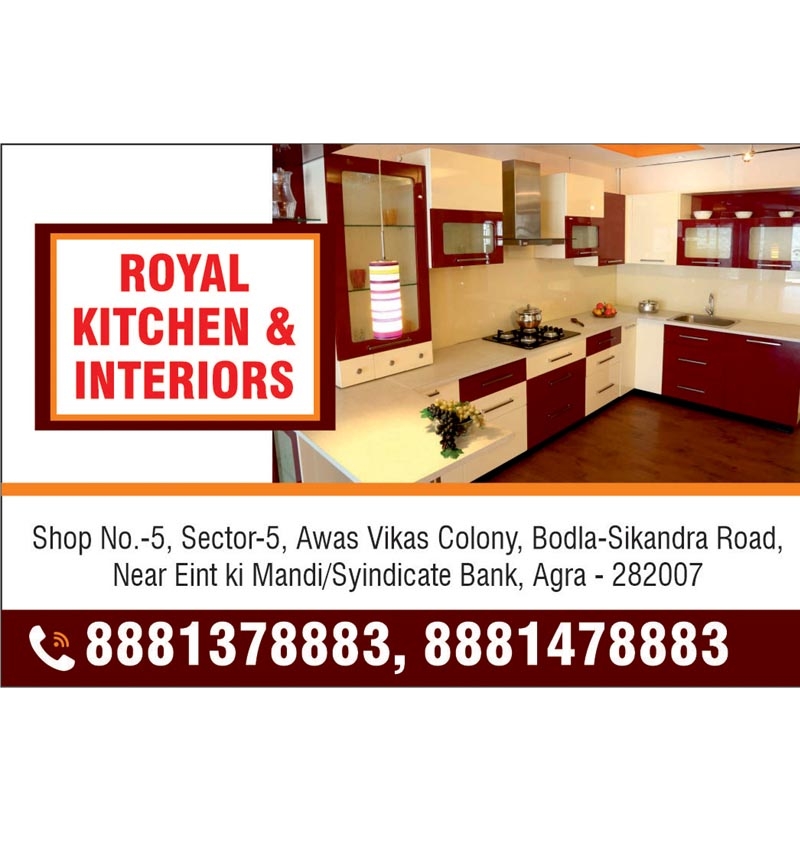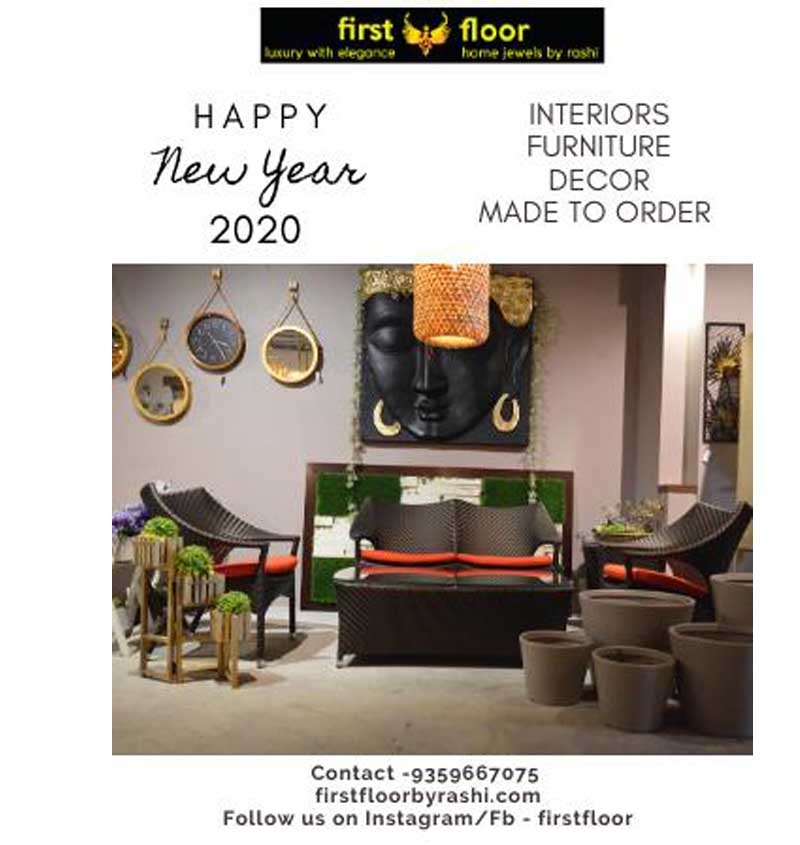1. Balance
Balance is the foundation of any well-designed space. It refers to the distribution of visual weight in a room, ensuring that no area feels too heavy or too empty. There are three types of balance to consider:
-
Symmetrical Balance: This is when elements are evenly distributed around a central point. It creates a formal and orderly feel. For example, placing identical lamps on either side of a sofa or using matching furniture pieces on both sides of a room.
-
Asymmetrical Balance: This type of balance uses varied elements that are not identical but are still visually weighted to create harmony. For example, pairing a large sofa with a smaller armchair and a coffee table of equal visual weight.
-
Radial Balance: This occurs when elements are arranged around a central point, like a round dining table or a circular rug. The items radiate outward from the center.
2. Proportion and Scale
Proportion refers to the relationship between the size of different objects in a room. Scale, on the other hand, refers to the size of an object in relation to the space itself. Achieving a harmonious balance between proportion and scale ensures that a room doesn’t feel overcrowded or too sparse.
-
Proportion: To maintain proportion, ensure that furniture and decor items are appropriately sized for the room. For instance, placing a large sectional in a small room can make the space feel cramped, while tiny furniture in a large room might look lost.
-
Scale: Consider the scale of your furniture relative to the size of the space. In a large room, oversized furniture pieces can help fill the space, while in a smaller room, compact, multifunctional pieces work better.
3. Rhythm
Rhythm in interior design refers to the visual flow that guides the viewer’s eye from one area to another. It’s the repetition or alternation of elements to create a sense of movement and harmony. Rhythm helps create a pattern that adds interest and balance to a space.
-
Repetition: Repeating elements such as colors, shapes, or materials throughout the room can create a sense of continuity. For example, repeating the same fabric pattern on throw pillows and drapery.
-
Progression: This involves gradually increasing or decreasing the size or intensity of elements to create visual interest. For example, using progressively larger items or lighter-to-darker shades of a color.
-
Transition: This is the smooth change from one area to another through subtle shifts in form, texture, or color. A gradual transition from one room to the next helps create a seamless flow.
4. Harmony and Unity
Harmony and unity refer to the overall cohesion of the space. A room should feel like a complete, well-thought-out design, where every element works together to create a singular aesthetic. To achieve unity, all elements of the design should complement each other in terms of style, color, texture, and function.
-
Color Palette: Stick to a cohesive color scheme that binds the various elements together. Choose a palette that reflects the desired mood or theme, and use variations of the main colors throughout the room.
-
Complementary Design Elements: Whether it’s the style of furniture, the materials used, or the accessories chosen, all design elements should support the overall concept of the space. For example, a modern space may incorporate minimalist furniture with neutral colors and sleek finishes.
5. Emphasis and Focal Point
Every room should have a focal point—an element that naturally draws attention. This could be a piece of art, a striking piece of furniture, or a fireplace. Emphasis allows designers to create interest and direct the viewer’s attention where it’s needed most.
-
Creating a Focal Point: Use contrast, color, and scale to highlight a specific area of the room. For example, a bold piece of artwork can be placed above a sofa to act as the room’s focal point.
-
Balance Around the Focal Point: Once the focal point is established, arrange the surrounding elements to draw attention to it without overwhelming it. The other design elements should complement the focal point, not compete with it.
6. Contrast
Contrast in interior design is about creating differences between elements to create visual interest and drama. Without contrast, a space can appear flat and uninspiring. Effective use of contrast helps emphasize key features in a room and adds depth and dimension.
-
Color Contrast: Pairing light and dark colors creates a striking effect. For instance, a dark-colored sofa against a light-colored wall makes the sofa stand out as the focal point.
-
Texture Contrast: Combining smooth surfaces with rough textures adds visual interest. Think of pairing a soft velvet throw on a leather sofa or using a glass table against a textured rug.
-
Shape Contrast: Mixing geometric shapes with organic forms creates contrast and keeps the eye moving. A round table with angular chairs, for example, can create dynamic tension in a room.
7. Functionality and Practicality
Aesthetics are important, but interior design must also be practical. The space should meet the needs of its inhabitants and be usable in their daily lives. Functionality ensures that design elements serve both a visual and practical purpose.
-
Space Planning: Consider how people will move through the space. Avoid overcrowding and make sure there is enough circulation room for ease of movement.
-
Furniture Arrangement: Arrange furniture to promote conversation and accessibility. This might involve grouping seating areas or placing furniture to highlight a key feature of the room, like a view or a fireplace.
-
Multi-Functional Spaces: In smaller rooms, multi-functional furniture—such as fold-out desks, storage ottomans, or convertible sofas—can maximize the room’s utility without sacrificing style.
8. Lighting
Lighting plays a crucial role in creating atmosphere and enhancing the functionality of a room. It can define mood, accentuate design features, and provide necessary illumination for tasks.
-
Ambient Lighting: This is the overall light that fills a room. It can be achieved through ceiling lights, chandeliers, or wall sconces.
-
Task Lighting: Focused lighting for specific tasks, such as reading, cooking, or working. Examples include desk lamps, under-cabinet lighting, or pendant lights over a kitchen island.
-
Accent Lighting: Used to highlight artwork, architectural features, or specific objects in the room. Spotlights, track lighting, and picture lights are common examples.
Conclusion
The principles of interior design offer a framework for creating spaces that are both beautiful and functional. By considering balance, proportion, rhythm, harmony, emphasis, contrast, and practicality, designers can craft environments that feel cohesive, inviting, and user-friendly. Whether you're designing your home, office, or any other space, understanding these principles will guide you in making thoughtful design choices that result in aesthetically pleasing and well-designed spaces.



















Your Message